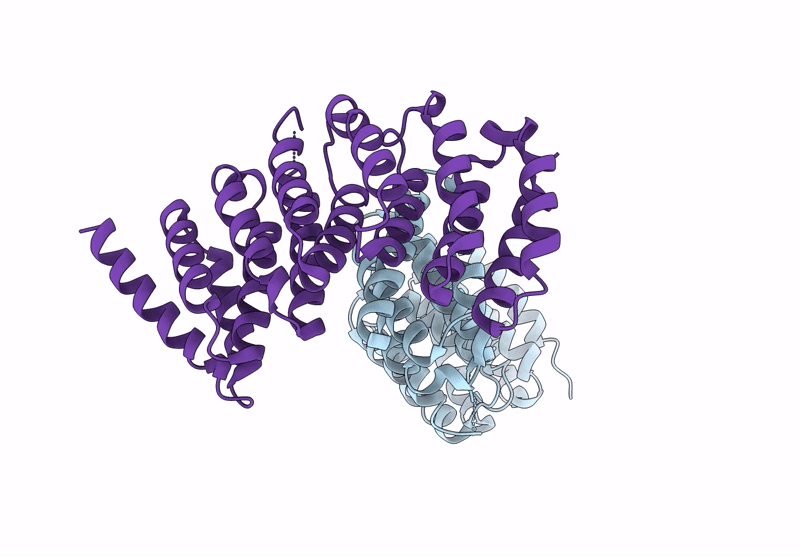
Deposition Date
2024-02-07
Release Date
2024-12-18
Last Version Date
2024-12-18
Entry Detail
PDB ID:
8Y9R
Keywords:
Title:
Crystal structure of Spiral2 microtubule-binding domain from Physcomitrella patens
Biological Source:
Source Organism:
Physcomitrium patens (Taxon ID: 3218)
Host Organism:
Method Details:
Experimental Method:
Resolution:
2.80 Å
R-Value Free:
0.27
R-Value Work:
0.21
Space Group:
P 2 21 21


